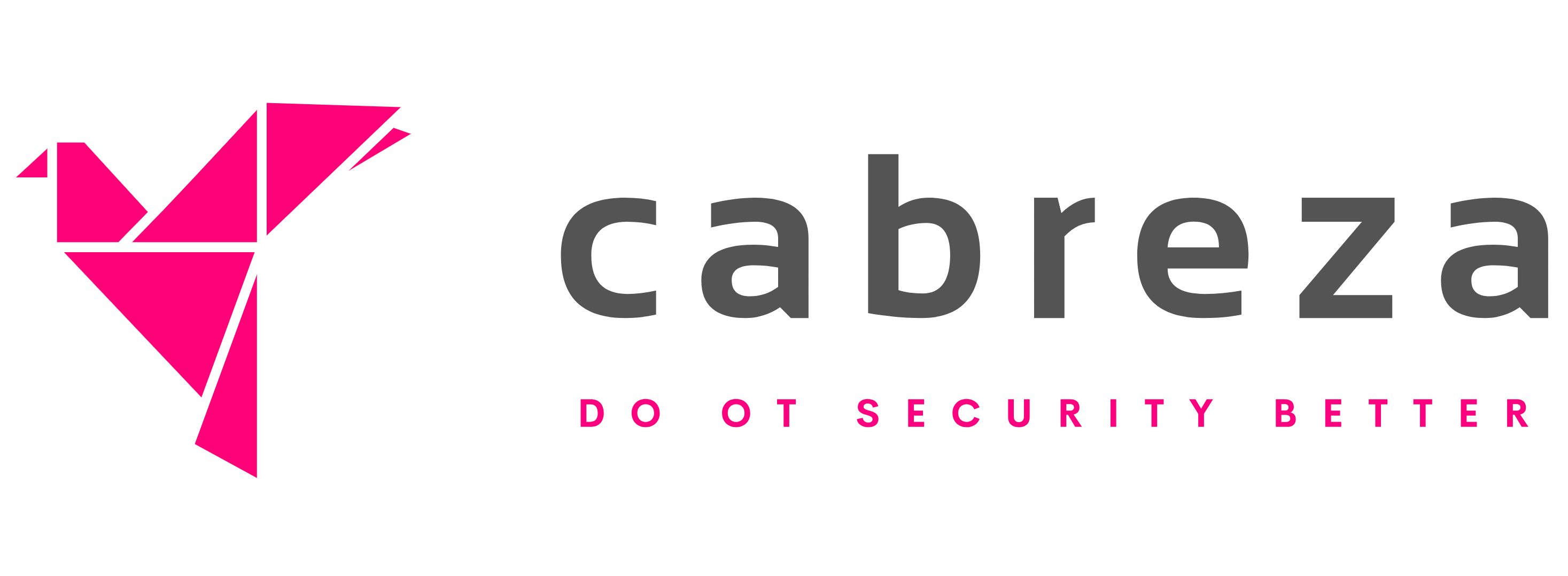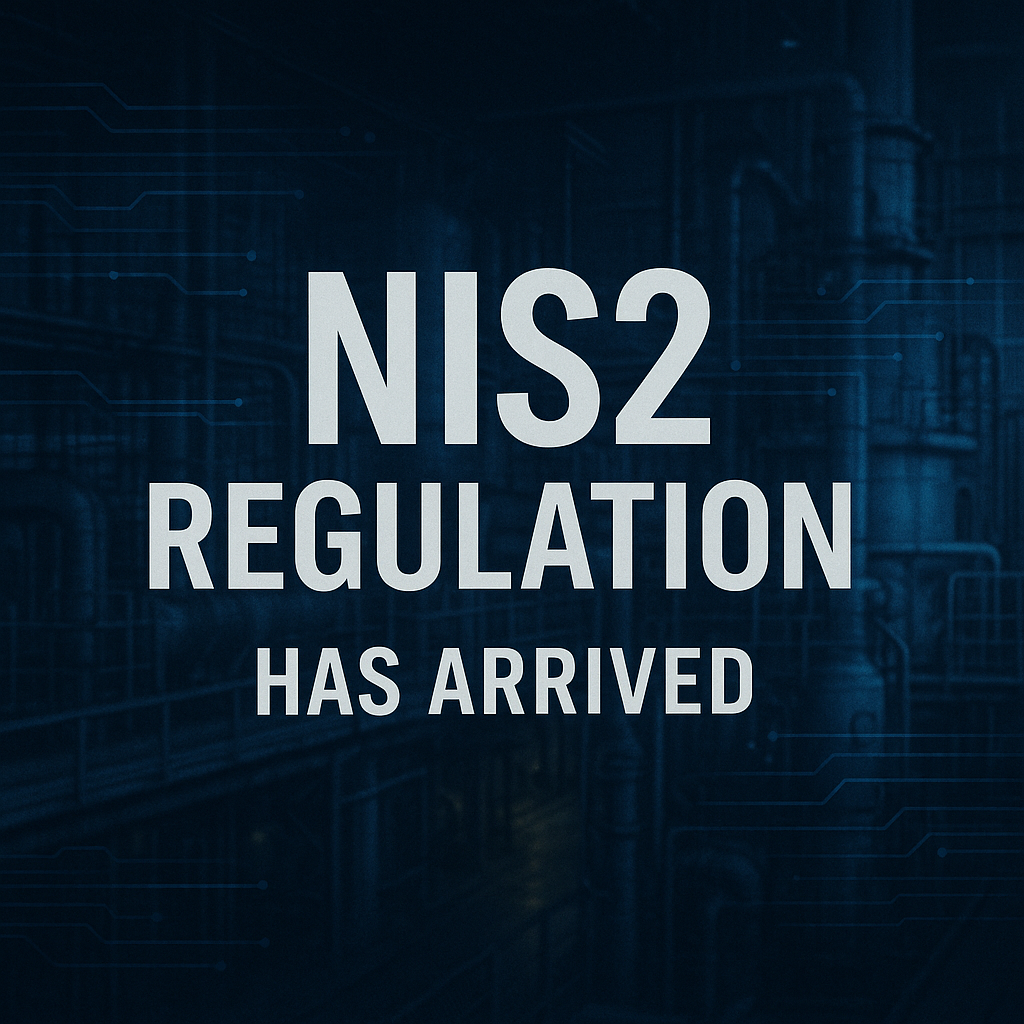There’s a persistent blind spot in how industrial organizations approach OT cybersecurity: reporting structures.
Not tools. Not zero-days. Not AI-enhanced analytics.
Just the basic structure of who reports to whom, how decisions are made, and whether anyone has real authority to respond when something actually happens.
It doesn’t get discussed at conferences. It rarely appears in vendor roadmaps. And yet, when major incidents occur, it’s often these unexamined organizational mechanics that create delays, confusion, or prevent meaningful response altogether.
This isn’t a technology conversation. It’s an operational one.
The Problem: Structure as Afterthought
In many organizations, OT cybersecurity is subordinated to either IT (which typically doesn’t fully understand the operational environment), or to plant operations (which isn’t always equipped to manage security risk). As a result:
- OT security teams often lack direct reporting lines to CISOs.
- Site-level personnel are left to interpret guidance with little or unclear authority.
- Escalation pathways are unclear, inconsistent, or overly dependent on individual knowledge.
That structural ambiguity can create significant lags during events. Not because people are careless, but because there is no clearly defined process they can follow.
The assumption is often that tools and controls are sufficient. But when response requires judgment, escalation, and coordination across departments, structure becomes critical.
Historical Examples Where Structure Was the Issue
To establish some precedence and prevent this from being seen as overly biased marketing, here are incidents where process (or the absence of it) was a major factor:
| Incident | Structural Weakness |
|---|---|
| Target (2013) | Security alerts were generated, but there was no clear escalation process to decision-makers. |
| Ukraine Power Grid (2015) | Operators faced disruptions but lacked a cybersecurity reporting chain within OT. |
| NotPetya at Maersk (2017) | Response depended on ad hoc communication. Coordination between business units was improvised. |
| Colonial Pipeline (2021) | Uncertainty around systems ownership and reporting contributed to operational shutdown. |
| Equifax (2017) | Failure to follow vulnerability reporting and remediation workflows escalated into a full breach. |
| Kaseya (2021) | Poor communication pathways delayed notification and mitigation with downstream customers. |
Each of these incidents is different in cause, scope, and technical detail but the theme is consistent: processes failure. The damage wasn’t due solely to advanced attacks or tools or lack thereof, it was made worse by structural disorganization.
Common Organizational Misalignment
There are recurring patterns that contribute to weak OT security structure:
- Security Ownership Is Fragmented
OT cybersecurity is often managed informally by operations teams with limited security expertise or direct accountability, or by IT teams who do not have the prerequisite knowledge or training to know good from bad in environments not made up of PCs and servers. - Incident Escalation Is Inconsistent
Escalation thresholds are undefined or vary by site. Some rely on manual reporting. Others delay notification until there is confirmed damage. - Limited Executive Visibility into OT Security Posture
Security programs focus heavily on IT metrics. OT risks can be misunderstood, mischaracterized or just completely missing from enterprise dashboards and board-level discussions. - Governance Lives on Paper Only
Even where formal policies exist, they are rarely developed for common knowledge and adoption more so than a compliance checkbox. And they’re even more rarely rehearsed, updated, or internalized with multiple levels of buy-in by the staff actually expected to carry them out.
These aren’t theoretical issues, they directly affect an organization’s ability to act under pressure.
Why This Doesn’t Get Attention
Tooling is easier to sell, buy, and deploy. Reporting structures are harder to measure. They depend on relationships, authority, clarity of responsibility, and shared expectations.
It’s no surprise that funding and attention tend to go to areas that can be more easily productized. Governance, escalation, and reporting structures are rarely framed as critical capabilities even though (as Sarah Freeman of MITRE’s Cyber Infrastructure Protection Innovation Center recently opined) they often determine whether tools and controls have any real-world impact during an incident.
Recommendations for Improving Structural Readiness
If the goal is resilience, not just compliance, then organizations need to address the human and procedural side of cybersecurity. That includes:
- Establish Clear Reporting Lines for OT Security
Avoid “shared responsibility” models that dilute accountability. Assign OT cybersecurity leadership with explicit authority and a reporting line to the CISO or equivalent executive. - Standardize Escalation Paths Across Sites
Create a consistent, documented approach for reporting and escalating OT security events. Every site should follow the same model, adapted only as needed for local operations. - Include OT Risk in Enterprise Cybersecurity Governance
Make sure OT risk is evaluated, prioritized, and communicated at the same level as IT security. Boards and executive teams need visibility into both. - Practice Decision-Making Under Simulated Conditions
Tabletop exercises should test organizational response, not just technical containment. Who calls whom? Who has authority to act? What’s the process when systems are interdependent? - Don’t Wait for Regulation to Force Change
TSA security directives, NIS2, and SEC disclosure rules are making structure and reporting mandatory. But waiting for mandates means missing the opportunity to build a proactive, business-aligned approach.
Final Observation: The Market Incentive Is Misaligned
It’s worth acknowledging that the cybersecurity market, especially in the OT space, is shaped by funding. Venture capital generally backs tool vendors, not organizational change. Investors want scalable platforms, not governance improvements.
This skews the conversation toward automation, detection, and analysis and away from the internal work that actually enables effective response. Structure isn’t flashy, but without it, even the most advanced technology will fail to deliver during a crisis.
Conclusion
OT cybersecurity reporting structures remain underexamined and undervalued. But they are fundamental to an organization’s ability to manage and respond to security events. Clear ownership, defined escalation paths, and integrated governance don’t generate headlines but they do positively contribute to operational continuity, risk management, and credible assurance to regulators and stakeholders.
Treating them as secondary or assuming they’ll evolve organically has already led to high-cost consequences. It’s time to stop treating organizational structure as an implementation detail and start seeing it for what it is: infrastructure.










